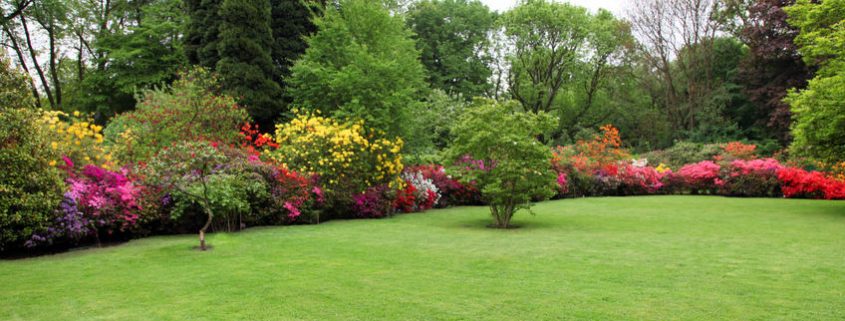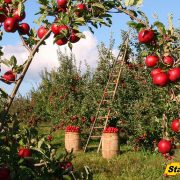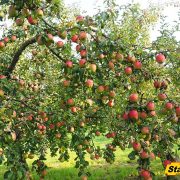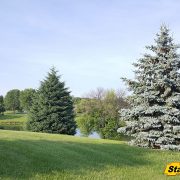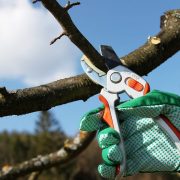Planting Flowering Trees Will Add Color to Your Yard
Planting Flowering Trees throughout your backyard will add beauty and color to your landscape. Some of the more common varieties of flowering trees include the Japanese Flowering Cherry, Crape Myrtles, Pink Dogwoods, and the Saucer Magnolia. Planting flowering trees such as these popular species will transform your backyard into a beautiful paradise. When these gorgeous trees are in full bloom they will attract birds and small animals which will bring your yard to life.
Some other popular flowering trees include the Royal White Redbud, the Dwarf Red Buckeye, and the Okame Cherry Tree. Capping off the list is the flowering pear tree. This graceful tree is fully covered with elegant white flowers when in bloom.
You may be surprised to learn that the practice of planting flowering trees is not restricted to the south. If you happen to live in a colder, northern climate you can still enjoy the beauty of a flowering tree in your yard. One popular option is the Northern Catalpa. This is quite a large tree that can grow up to 40 or even 60 foot-tall with an extra wide span of 20 to 40 feet. In late spring the Catalpa will grace your yard with stunning, snowy white, trumpet-shaped flowers.
Tips for Planting Flowering Trees
Planting in Groups: There are 2 advantages to planting flowering trees in groups. First the obvious; the grouping of various colors of trees will create a spectacular view in your yard. Secondly, the routine maintenance is much easier. You can water and fertilize the entire group of trees at once.
Remove the Burlap: Most trees are delivered with the root ball contained in a burlap sack. This helps to keep the root ball in tack during transportation and protects the roots from stress damage. The problem is that many of the newer style covers are synthetic which will not decay. Meaning the sack will discourage the roots from growing outward.
Digging the Hole: The planting hole should be twice the diameter of the root ball, but no deeper than the height of the root ball. You never want the tree to sit too deep in the hole.
Backfill & Mulch: With the tree ball firmly in place, backfill around the root ball with quality topsoil. Top the hole with mulch, which will help to keep the new soil moist while the tree roots try to take hold of the soil.
Support the New Trees: Supporting newly planted trees is critical to their survival. This is especially true when planting flowering trees which can be more fragile when compared to other tree species. For safety, be sure to use our Stake-Safe covers.

